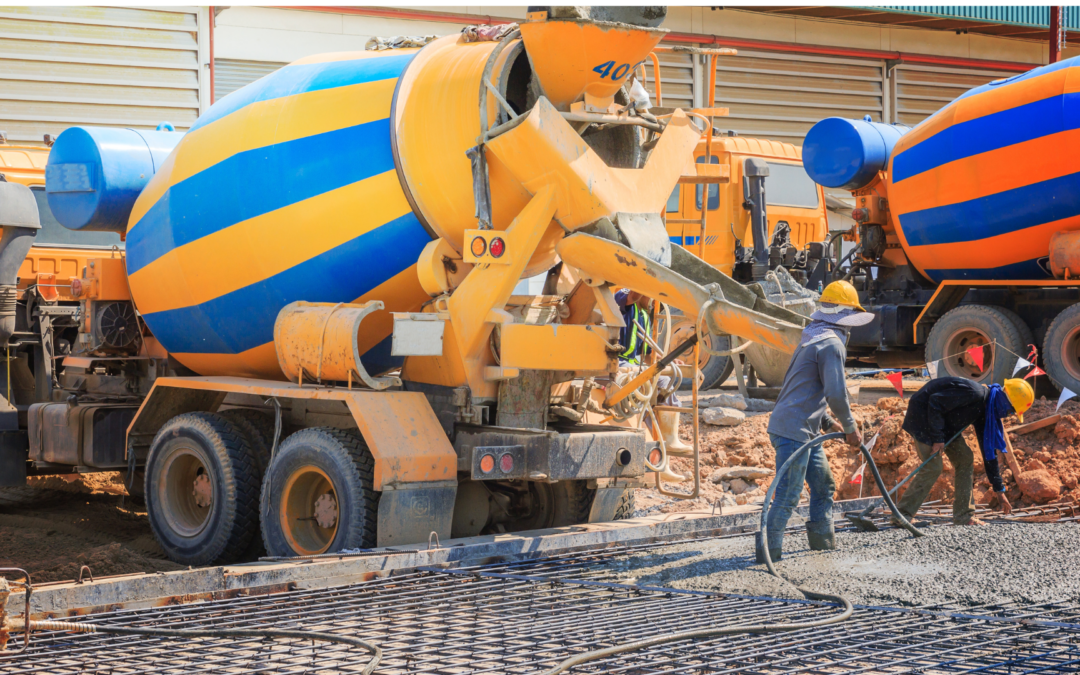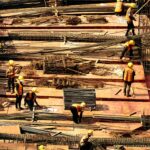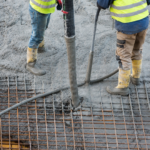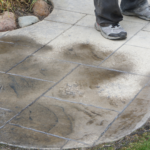Planning a commercial concrete venture involves a myriad of decisions, each playing a crucial role in the project’s success. From the initial stages of design and material selection to the execution and post-construction maintenance, there’s a lot riding on the quality and precision of your decisions.
Here we will explore essential tips and tricks that can tilt the balance in your favor, ensuring your commercial concrete endeavor is not only a success but stands the test of time. We’re plunging deep into the world of concrete to unveil insider guidance that you can leverage for a resilient, well-executed project.
Understanding the Fundamentals of Commercial Concrete
Before the first shovelful of concrete is poured, it is crucial to appreciate the fundamental elements of this versatile construction material. Concrete’s blend of cement, water, and aggregates makes it a singular choice for commercial applications due to its durability and versatility.
Comprehending Mix Design and Proportions
The mix design of concrete and the proportions of its various components significantly impact the final material’s properties. A well-designed concrete mix, customized for your specific project parameters, is essential. This precision ensures the concrete meets strength requirements, can withstand environmental conditions, and delivers the desired finish.
Curing: An Often-Overlooked Process
Curing is frequently a neglected phase of concrete construction but is a vital process that influences the final strength and durability of concrete. Proper curing keeps the concrete moist, maintains adequate temperature, and provides appropriate protection and maintenance.
Selecting the Right Concrete for Your Commercial Project
Not all concretes are created equal. Selecting the right type of concrete for your commercial project is a critical decision with various considerations to account for.
Environment-Specific Considerations
Assess the environment in which the concrete will operate, such as freeze-thaw cycles for outdoor applications, or chemical exposure in industrial settings. Special mixes exist for each scenario, providing solutions for the harshest conditions.
Understanding the Role of Admixtures
Admixtures are additional ingredients added to the concrete mix to achieve specific qualities or the targeted results. From accelerating or slowing down the curing process to reducing water content, admixtures offer a suite of options for customizing concrete performance.
Prioritizing Reinforcement
Reinforcing concrete, particularly for commercial applications, is often non-negotiable. The reinforcement, which can include steel bars (rebar) or fiber reinforcement, enhances the strength and durability of the concrete.
Types of Reinforcement
Discuss with your concrete contractor the best type of reinforcement for your project needs. Internal reinforcement like rebar is superb for larger projects, while fibers are a cost-effective solution for many commercial applications.
The Importance of Placement and Anchoring
Proper placement and anchoring of reinforcement are crucial. Deviations from design plans or improper placement can lead to weak spots in the concrete, potentially compromising the structure.
Implementing Precision in Concrete Pouring
The precision involved in concrete pouring goes beyond the simple act of emptying a truck’s contents into a form. It encompasses every step leading to that moment, ensuring a flawless execution.
Quality Control Measures
Implement stringent quality control measures throughout the pouring process. Regular testing and on-site adjustments can prevent defective work and costly re-dos.
The Role of Vibration and Consolidation
Vibration and consolidation techniques are used to eliminate air pockets and ensure the concrete closely adheres to the formwork. This step is critical for creating a dense, smooth, and structurally sound final product.
Finishing and Surface Treatments
The finishing touches of your concrete project are more than aesthetic; they protect the surface and, inherently, the life of the structure.
Texture and Aesthetics
When choosing the texture and aesthetics of the concrete surface, consider not just the visual appeal but also functionality. A rough texture may be suitable for improved traction, while sleek finishes might be appropriate for cleanliness and maintenance.
Sealants and Coatings
After the concrete has cured, sealants and coatings provide an extra layer of protection against wear and tear. They can guard against moisture intrusion, chemicals, and even graffiti in urban settings.
Execution and Beyond
A commercial concrete project’s execution is the frontline activity, but the job isn’t complete once the concrete is set. Post-construction, ongoing maintenance strategies must be in place.
Monitoring and Post-Construction Assessment
Regular monitoring and post-construction assessment can detect any early signs of damage or structural issues. Timely repairs can extend the life of the concrete and prevent more significant problems down the line.
Strategic Maintenance Planning
Develop a strategic maintenance plan for your concrete structure. Recognize that a proactive approach to maintenance often saves time and money compared to reactive solutions.
Reach Out to Greensboro Concrete Services Today
The process of constructing a commercial project involves many important decisions and considerations when it comes to concrete. From selecting the right type of concrete for the environment to implementing precision in pouring and finishing, every step plays a crucial role in ensuring a durable and top-quality outcome.
At Greensboro Concrete Services, we understand the complexities of commercial concrete projects and have the expertise to deliver exceptional results. Contact us today to learn more about our services and how we can assist with your specific project needs. Let us help you lay a strong foundation for your business or development.






